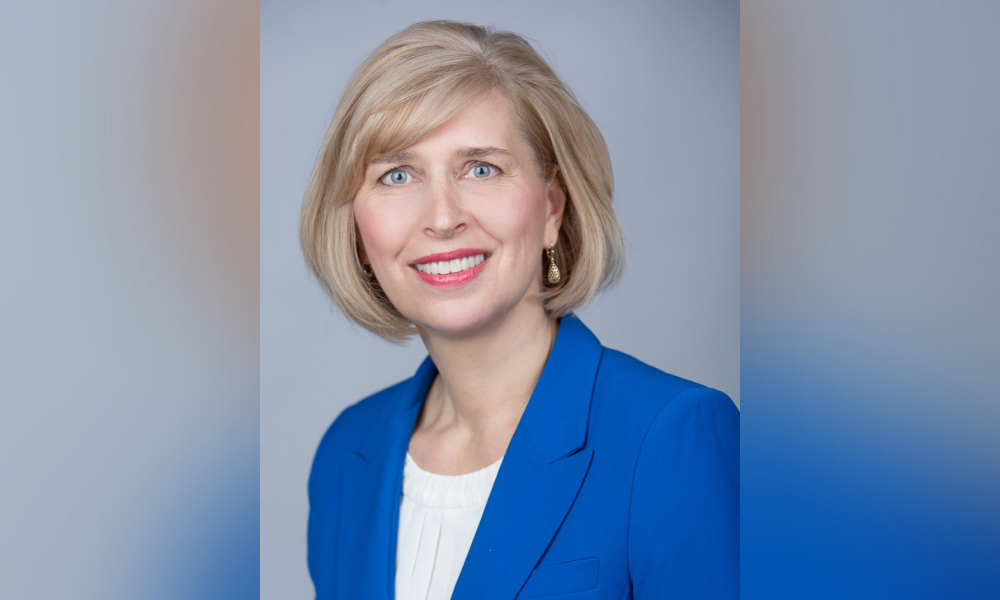Advisors can help them plan to successfully navigate this issue if that's too contentious

If Bill and Melinda Gates’ and MacKenzie Scott and Jeff Bezos’ marriage break-ups can teach advisors anything, it’s that ultra-high-net-worth couples’ marital disintegration can have a lot of philanthropic implications, and it’s better to be prepared for in advance, says one planner.
“This isn’t something that we see a lot about in the media, other than the fact that the divorce rate has gone up in the last two years,” Lydia Potocnik, head of estate planning and philanthropic advisory services for BMO Private Wealth told Wealth Professional. But, she said these two high-profile divorces have shown two different approaches, and BMO’s seeing more in the grey divorce.
“In the case of Bill and Melinda, they have a formal philanthropic plan in place with their foundation, and they’ve chosen to continue to work together as a team with it,” she said. “But, they’ve also taken on different projects, as individuals, which was also spurred on by the divorce.
“Not all couples, after they separate or divorce, are able to continue to work together. And philanthropy really is about having shared values and a shared vision, and a long-term strategic approach.
“Once MacKenzie Scott and Jeff Bezos divorced and the final details of how their assets were going to be divided was decided, she took a big chunk of her wealth and gave it away. That was something she did independently, but I think it reflects the fact that women tend to be more philanthropic, and maybe it was something that she felt she couldn’t do when she was married,” said Potocnik. “All of a sudden, some women may feel they have more financial freedom, after the divorce.”
BMO is seeing women take a more formal approach to their philanthropy, so they’re putting structures, such as donor-advised funds and private foundations, in place. “It says a lot about their willingness to create a legacy,” said Potocnik.
It’s a bit more complicated for couples who have private foundations, or the popular donor advised funds, which she said are less work than foundations and often administered by a third party. When the couple separates, the charitable assets remain in the foundation or fund, which are legal entities in their own right, and the money is not owned by either individual. Then, the question is whether the couple can still work collaboratively with shared values and vision to grant money to different charities. If they can’t, dividing either structure will also have to be negotiated in the separation.
Potocnik said advisors can help in these scenarios by ensuring that couples develop written agreements about what they’re going to do if they separate or divorce before they marry or set up the foundation or fund. If the advisors aren’t comfortable with it, they can ensure that the couple draws in others, such as a family or charity law lawyer.
The policy can spell out various conditions for directorships, such as whether one party leaves the board or the other has greater decision-making authority. It can also address board eligibility and succession plans, so couples have a policy if the situation arises and don’t need to handle it in a rush. Potocnik warned advisors these conversations may be uncomfortable at the start, but are worthwhile in the end.
“It’s important for advisors not to be afraid to have these conversations and identify these issues for clients early on and encourage them to get the expert advice to deal with it,” she said, noting this isn’t an entry-type discussion with a new client, but one for when they better understand the family relationships and developed more trust.
“Put some contingencies in place and at least have a policy of what happens when you’ve got board members who are married and may separate. If you have a policy that deals with that situation, it makes it much more seamless and less personal in terms of continuing with the foundations, especially if one has to step down as a director,” said Potocnik. “Most families want to have some type of policy in place as to who’s going to make decisions around the assets and grant them to charities.”



